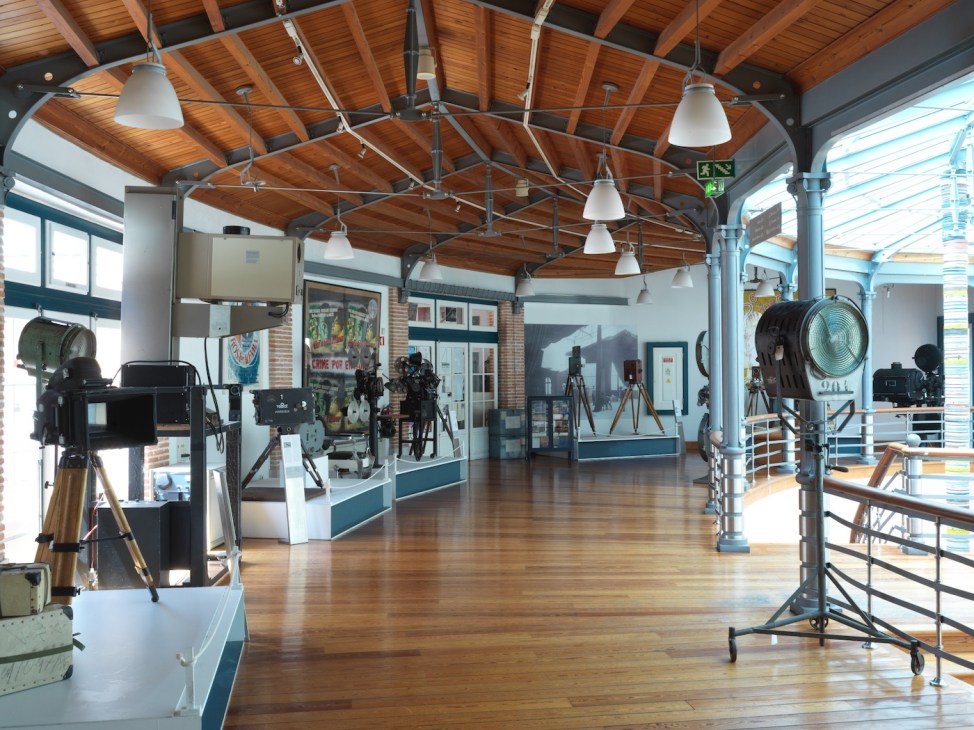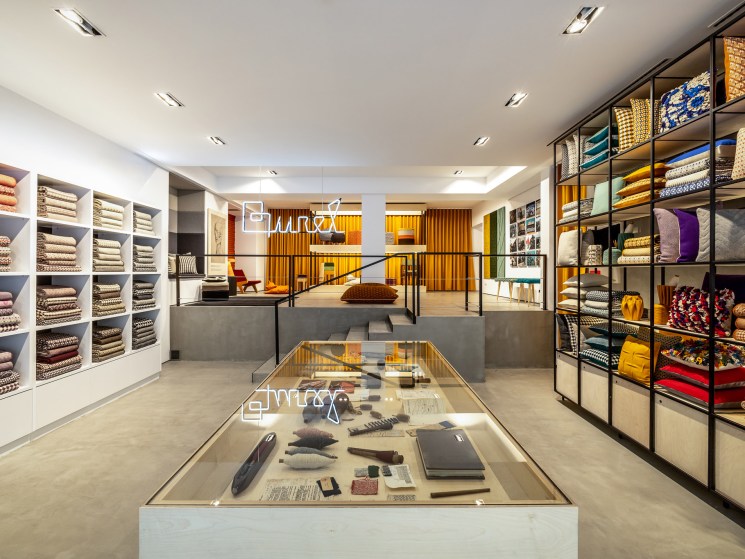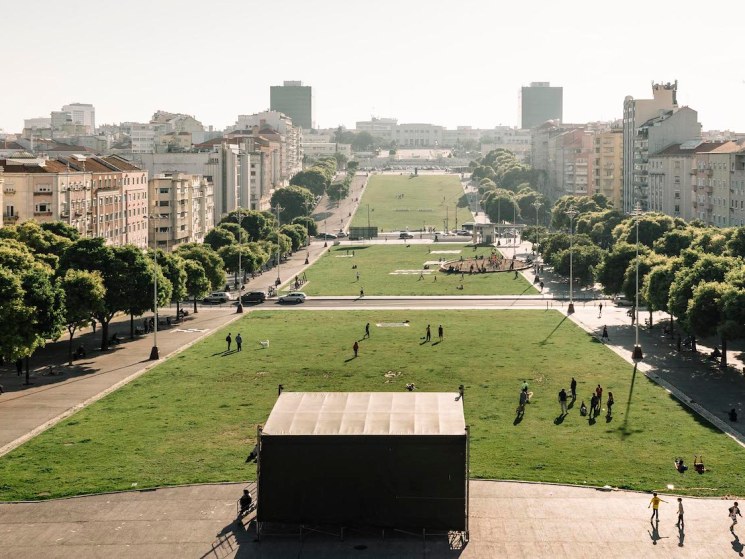Culture
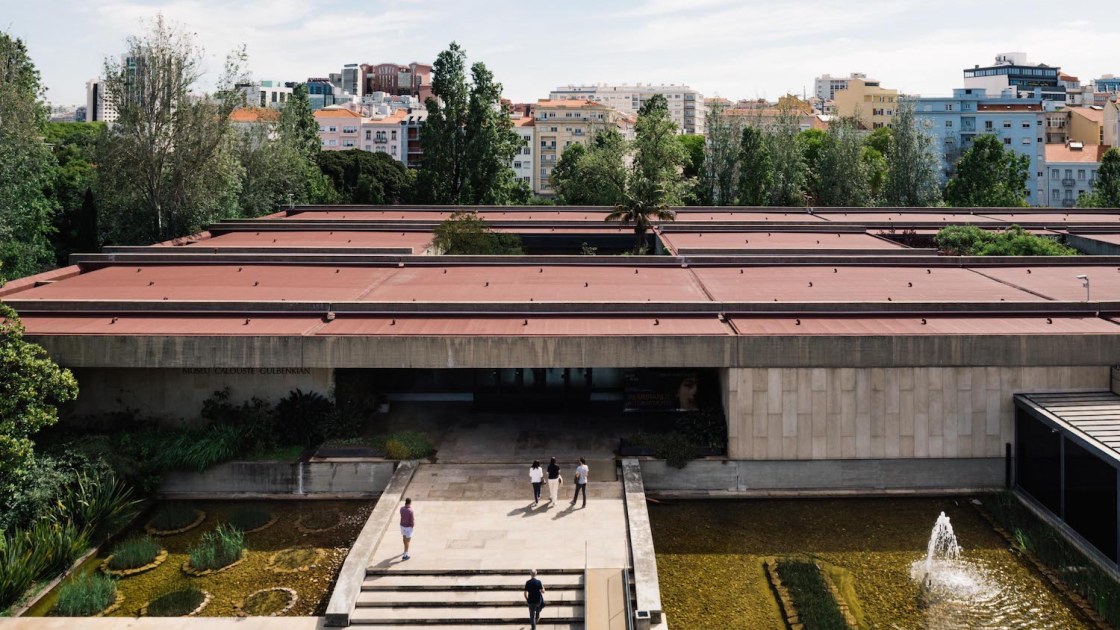
Calouste Gulbenkian Museum and Centro de Arte Moderna, Palhavá
The Calouste Gulbenkian Museum’s art collection was amassed by Armenian oil magnate Calouste Gulbenkian, who was advised by Howard Carter, the man who discovered the tomb of Tutankhamen. The gallery contains some 6,000 pieces that stretch from 2500BC to the 20th century, from colourful mosque lamps and Iznik pottery to French furniture and illuminated manuscripts. At the other end of the museum’s magnificent gardens (worth a visit on their own) is the the Centro de Arte Moderna (CAM), which opened in 1983. The building was recently renovated by Kengo Kuma to feature an impressive curved ceramic-and-timber canopy that stretches across its exterior. CAM’s rotating exhibitions tell the story of Portuguese art in the 20th century.
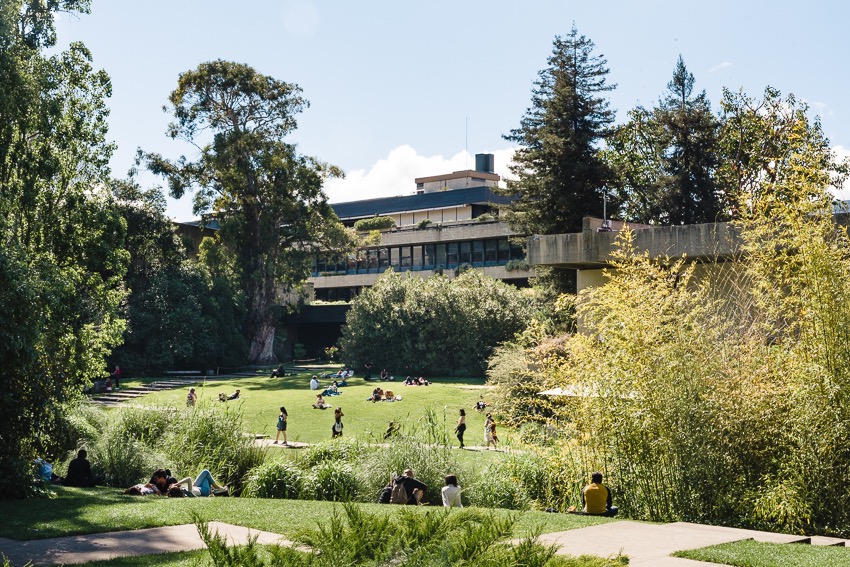
Museum of Art, Architecture and Technology, Belém
Amid the iconic monuments of Belém, the Museum of Art, Architecture and Technology (Maat) stands as a modern architectural marvel; its tiled facade and low undulating structure seamlessly blend in with the surrounding riverside landscape. Designed by UK architect Amanda Levete, the museum invites visitors to walk on top of it, offering stunning panoramic views of the Tagus. Inside, it hosts exhibitions by both Portuguese and international artists, with a curatorship that opens dialogues about humanity’s future. The vast central hall is dedicated to impressive large-scale installations. Maat also encompasses the adjacent 1908 power station, a striking example of industrial architecture still filled with original machinery.

Madragoa Gallery, Estrela
Founded by Italian Matteo Consonni, Madragoa opened in 2016 in Lisbon’s historic Madragoa neighbourhood. It has since moved to a bigger space in the Estrela district. Representing artists from Brazil, Mexico, Poland, France and South Africa, it has become a breeding ground for cross-country dialogues on the city’s contemporary art scene. It has also helped to launch the careers of young Portuguese artists abroad.
Zé dos Bois, Bairro Alto
Zé dos Bois (ZDB) has been a pillar of artistic resistance in a rapidly changing Lisbon for more than 30 years, championing grassroots culture in the visual arts, music, and performance. Founded in 1994 by a collective of artists, this not-for-profit institution has long supported creatives outside the mainstream commercial scene. Exhibitions in the historic Palácio Baronesa de Almeida, a 2,500 sq m mansion in the heart of the bustling Bairro Alto district, and contemporary art-and-music events across the city have made ZDB a vital cultural force.
Cinemateca Portuguesa, Avenida da Liberdade
On a quiet street near Avenida da Liberdade, the Cinemateca Portuguesa is a haven for film lovers, offering screenings, festivals, exhibitions and a bookshop. Founded in the 1950s, this state-owned institution’s mission is the promotion and preservation of cinematographic art. With a rich programme of events, it regularly hosts retrospectives, film series, and special screenings. The two screening rooms are comfortable and there’s also a charming restaurant upstairs, where you can make use of the open-air cinema and enjoy dinner on the terrace during the summer months.
